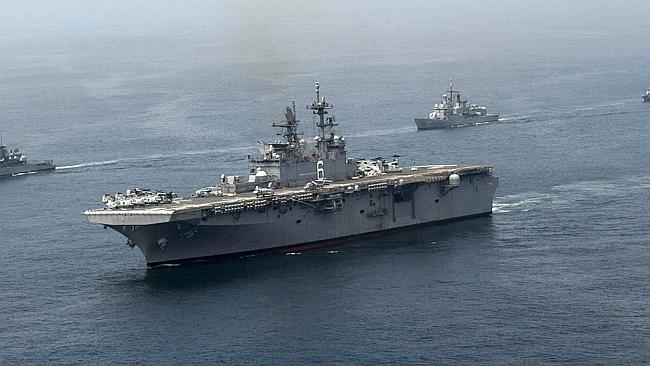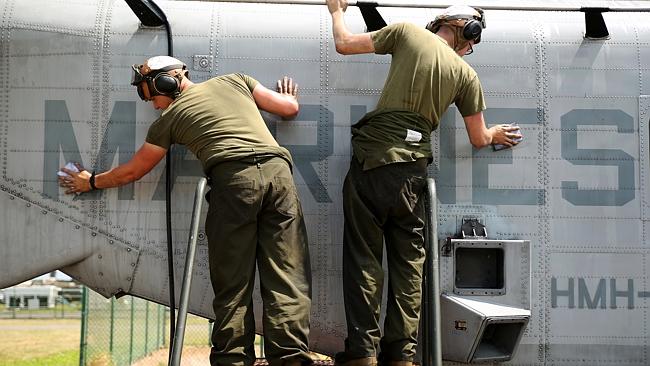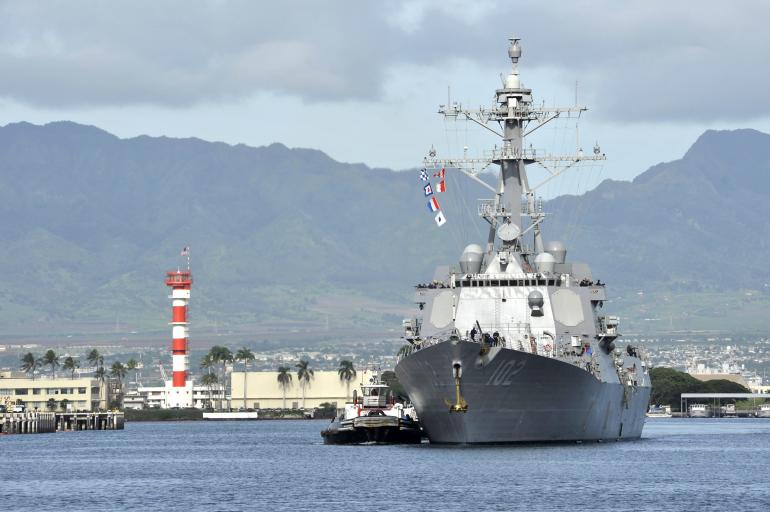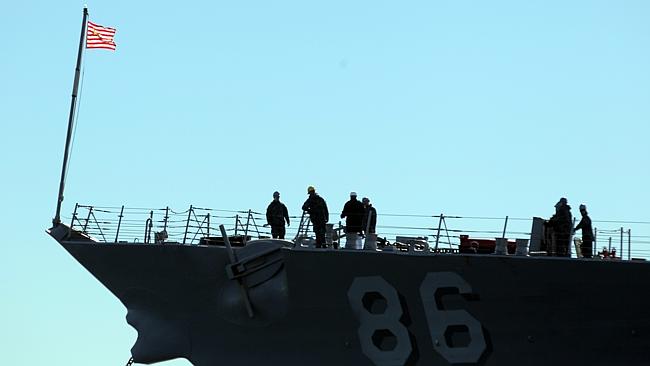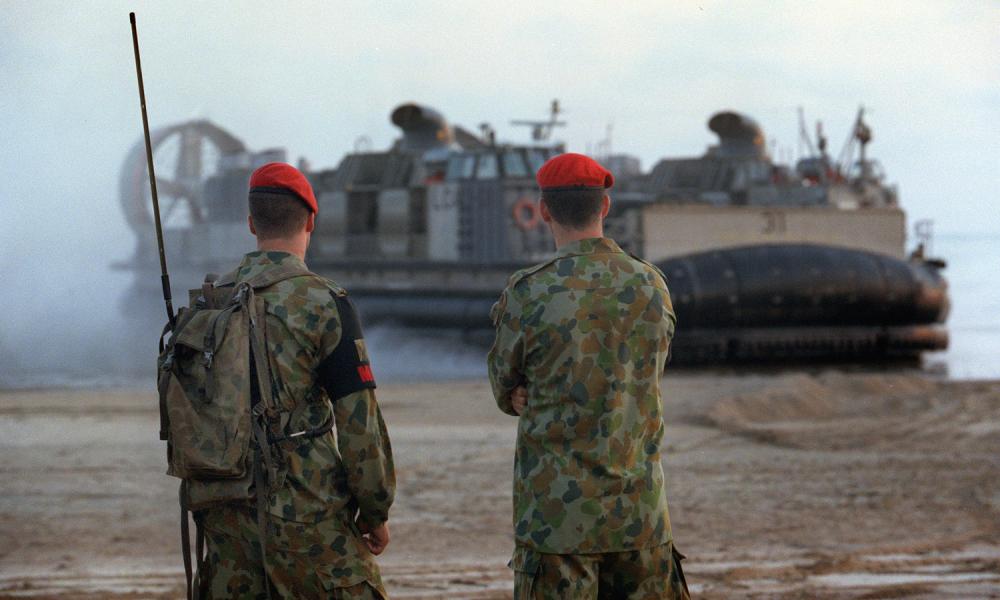
It is unsurprising that Australians are only vaguely aware that the first ever permanent peacetime deployment of foreign troops in the nation’s history is now occurring. The yarns spun by our politicians portray the deployment, which will swell to at least 2,500 marines over the next few years, as doing all things for all people. To our wary southeast Asian neighbours, the rotation is presented as a humanitarian aid and disaster relief operation, ready to spring into action at the first whiff of a meteorological event. Nationally, it is downplayed as a mere “troop rotation” and “interoperability” exercise, an end in itself with no greater military implication. Locally, an upsurge in jobs servicing the American troops is promised, as too is an influx of foreign currency to be spent on entertainment, infrastructure and tourism. Recent news of Chinese military construction in the South China Sea is troubling, but in the context of the unprecedented American regional military expansion that has been occurring for years it is unsurprising. If the Australian government desires to dampen regional tensions, and seek a path different from unquestioning support for the US in a zero-sum confrontation with China, an honest dialogue on how our foreign policy supports the national interest must be undertaken. While the nature and purpose of the Darwin marine rotation remains obscured, the prospects for this are bleak.

